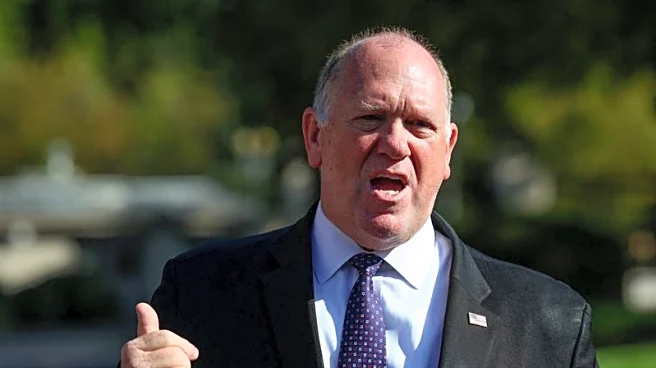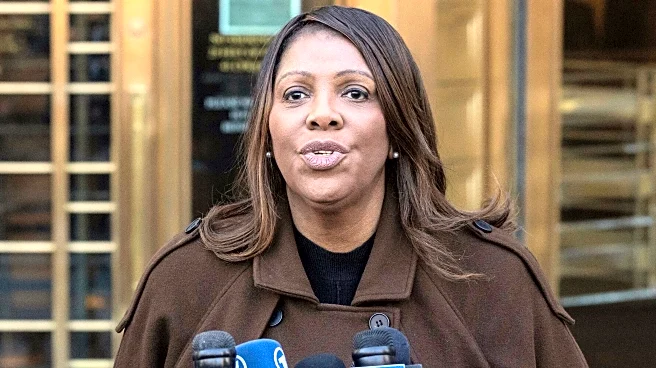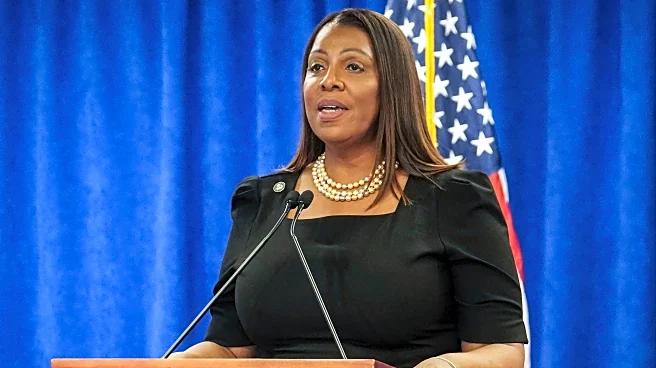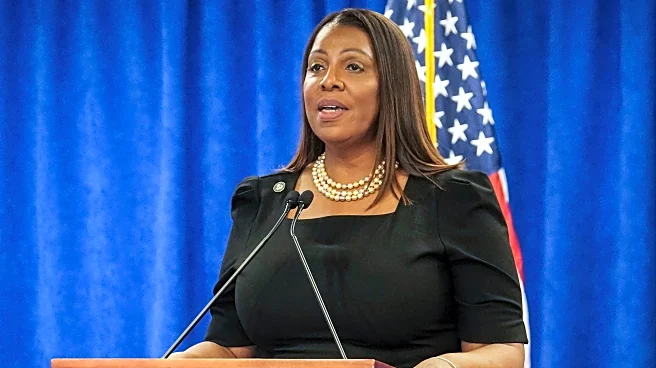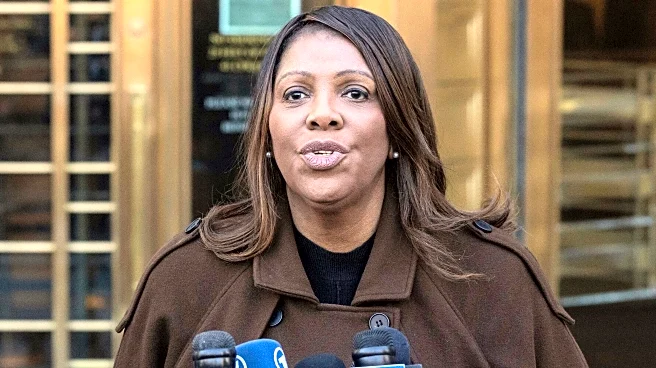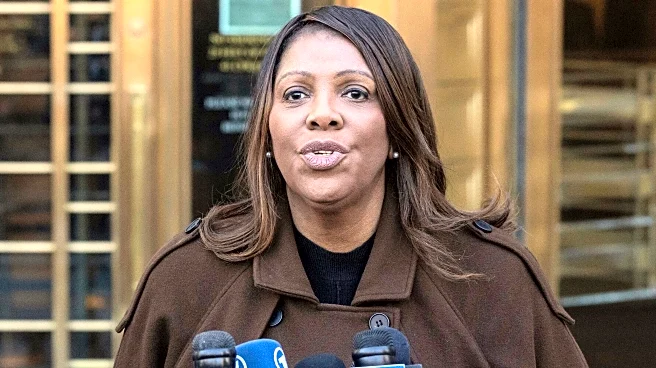What's Happening?
The FBI conducted an undercover operation last year, recording Tom Homan, the White House border czar, accepting $50,000 in cash from agents posing as business executives. The cash was allegedly accepted in exchange for promises of favorable treatment in securing government contracts under a second Trump administration. Despite the evidence, the investigation stalled after President Trump took office again, and was officially closed following a request for a status update by FBI Director Kash Patel. The U.S. Attorney’s office in the Western District of Texas, along with the FBI, had initially sought the Justice Department’s Public Integrity Section to join the probe based on evidence of payment from undercover agents.
Why It's Important?
This development raises significant concerns about potential corruption within the Trump administration, particularly regarding the handling of government contracts related to border enforcement. The closure of the investigation without charges could impact public trust in the Justice Department and its ability to impartially investigate allegations of misconduct. The case highlights the challenges in maintaining integrity within government operations and the potential influence of political appointments on legal proceedings.
What's Next?
The closure of the investigation may prompt calls for further scrutiny and transparency from political leaders and civil society groups. Democrats may push for congressional inquiries to explore the details of the case and the decision-making process behind its closure. The public and media may continue to demand access to recordings and other evidence to assess the credibility of the allegations.
Beyond the Headlines
The case underscores the ethical dilemmas faced by government officials in balancing political loyalty with legal obligations. It also highlights the broader issue of accountability in government contracting processes and the potential for abuse of power. The situation may lead to discussions on reforming oversight mechanisms to prevent similar occurrences in the future.

